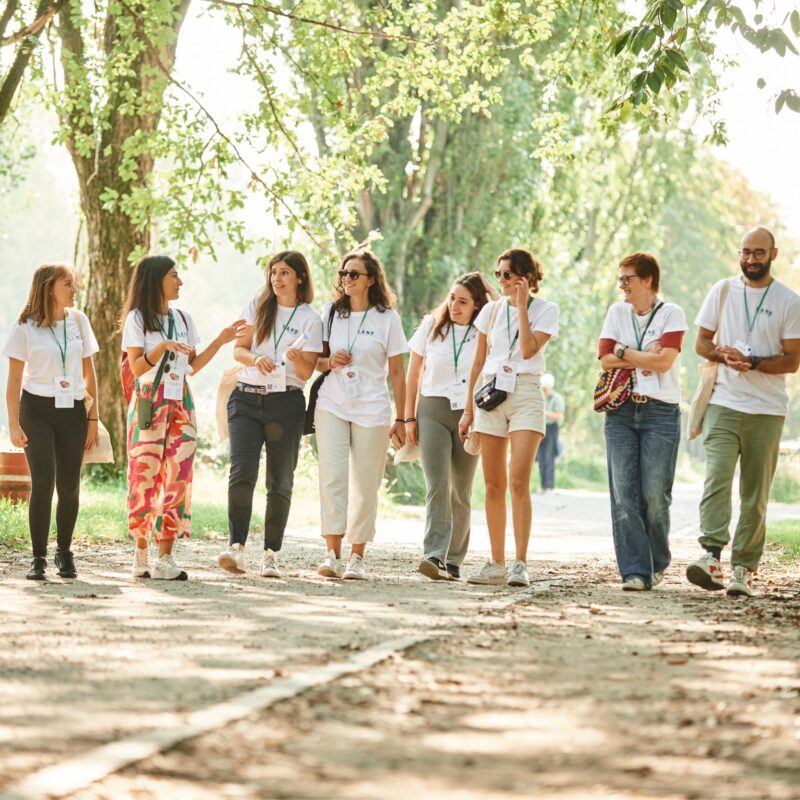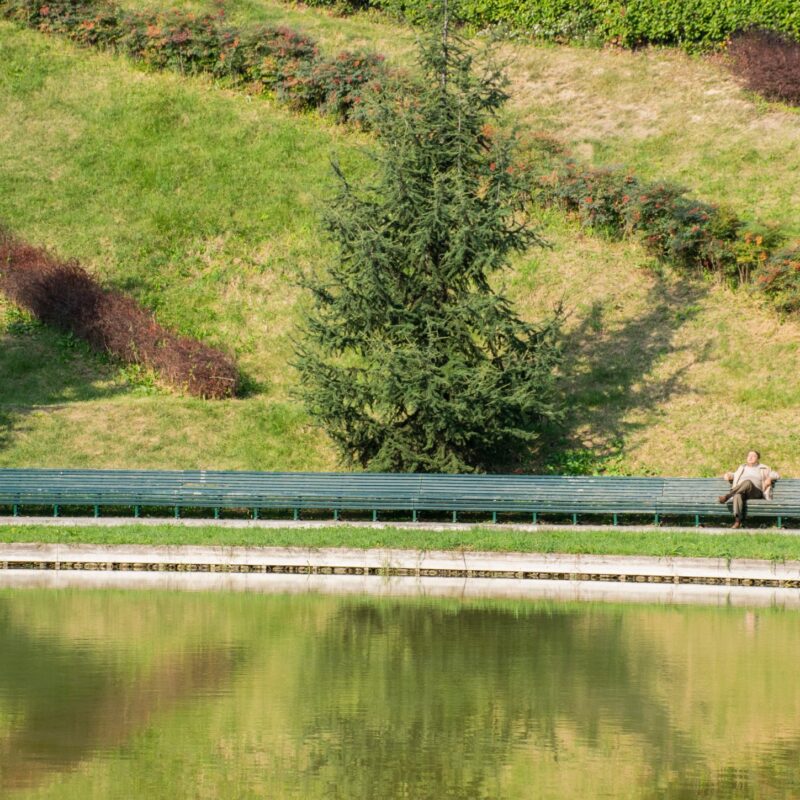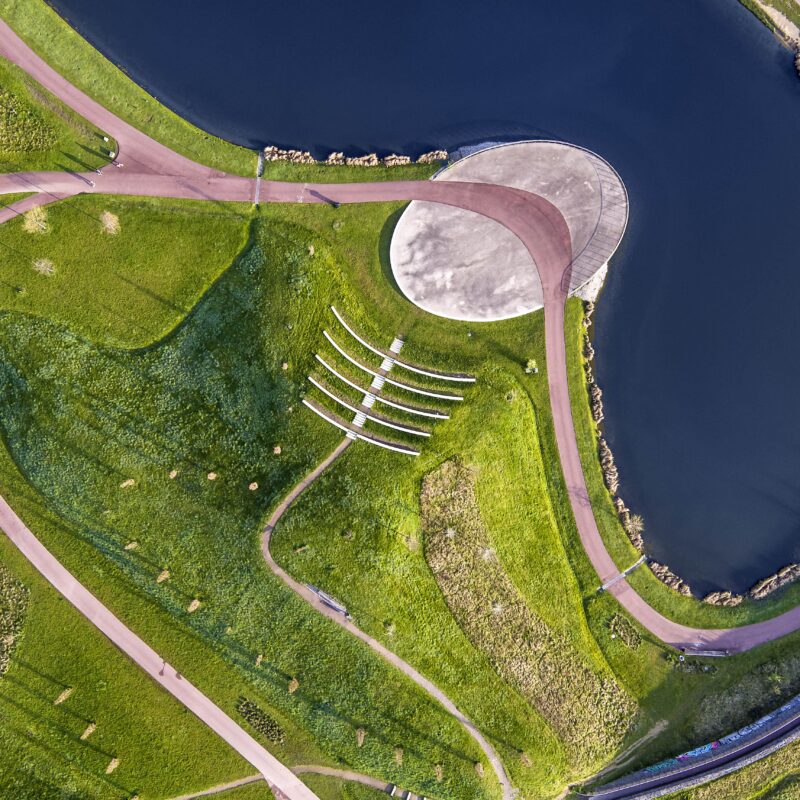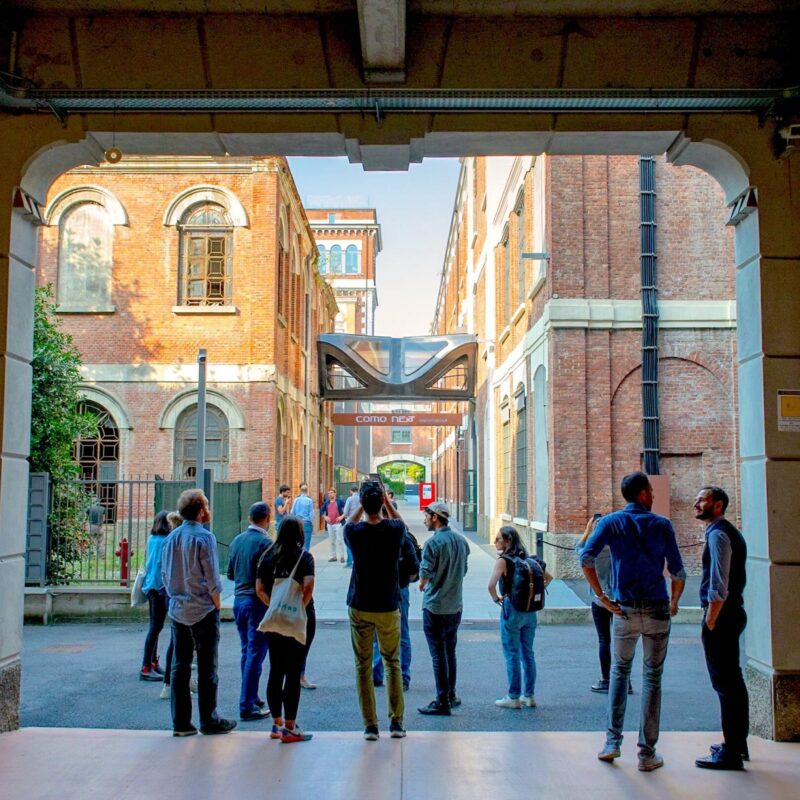
Strategies of Cultural Change
The green infrastructure of the city of Saskatoon, Canada
By Tyson McShane.
Saskatoon, the city that I live and work in, sits at the heart of one of the most transformed landscapes in the world. Once a mix of boreal forest and mixed moist grassland, the southern half of the province has been transformed due to intensive agriculture, ranching, and diverse forms of resource extraction. This change has proved to be a major economic driver for both Saskatchewan and Canada, while also resulting in the province sometimes being called the breadbasket of Canada due to it being the largest wheat producer in Canada.
Despite the great benefits from this change, it hasn’t come without its costs. Grasslands, such as the prairie rough fescue, have become increasingly rare and at risk from fragmentation, invasive species, and climate change. An increased knowledge and appreciation of how transformed our landscape is and how threatened some of the remaining native species are, has resulted in significant work to assess how and where our development happens here in Saskatoon. In my role as the manager of Long Range Planning, I’ve had a front row seat to a culture shift that is slowly but surely underway. With a greater appreciation and access to more knowledge of existing natural systems, and the ecological services they provide, the debate on how to not just conserve natural areas but find ways to appropriately integrate them into our city and region is underway.

Tyson McShane, City Planner, manages the Long Range Planning Section of the Canadian city of Saskatoon.
How to Conserve Natural Assets and Areas within our Built Environment
A key milestone in this debate has been the development of Saskatoon’s Green Infrastructure Strategy. This ambitious document charts a course for how natural assets and areas can be conserved within our built environment. It provides a vision of an interconnected network of green spaces within our city and provides a new lens to use when reviewing development proposals. With this vision in place, now comes the hard work to ensure that the value of natural areas and assets is appropriately considered through the development process. A significant current debate regards an area known as the Northeast Swale – a glacial channel scar left over from when the glaciers retreated from the Canadian prairies. This natural area contains some of the last remaining prairie rough fescue in the province as well as valuable habitat for rare, endangered or culturally significant species ranging from the northern leopard frog to the sharp-tailed grouse.
Though this has been an area of interest for some time, it took until development was on its doorstep for it to be studied in detail and its value and boundaries debated. Currently, one neighbourhood is under construction adjacent to the swale, with another at the initial design stage. The telling detail of this process is that over the last fifteen years, our understanding of the Swale, and therefore our understanding of how to conserve and appropriately interface with adjacent developments has changed. Initial studies showed wetlands to be the most significant natural assets, but with increased study, came increased knowledge, shifting the focus for conservation efforts towards grasslands. This resulted in changes to where roads should pass through and what overall boundaries should be. This speaks both to the complexity of natural systems, but also the fact that they are ever changing, resulting in a need to continually monitor and consider how they can fit into an urban environment.
The Complexity of Ever-Changing Natural Systems Require Continuous Monitoring
The exciting thing for Saskatoon is that due to how our understanding of the northeast swale changed, our processes for assessing natural areas during the planning of new developments are evolving to provide more accurate information at an earlier stage in the process. This helps to ensure developers, regulators and the community as a whole have better access to information and more opportunity for debate ahead of decisions being made. These processes will continue to evolve and we will continue to be challenged to ensure we have the right information and the right understanding of the impact of development on natural areas. Fortunately, we are in the best position yet to be able to incorporate our evolving understanding of our natural assets into how we guide development. The Green Infrastructure Strategy and the vision it provides sets Saskatoon on a new path for how development and natural assets can complement one another.
Read other Articles from this Edition






